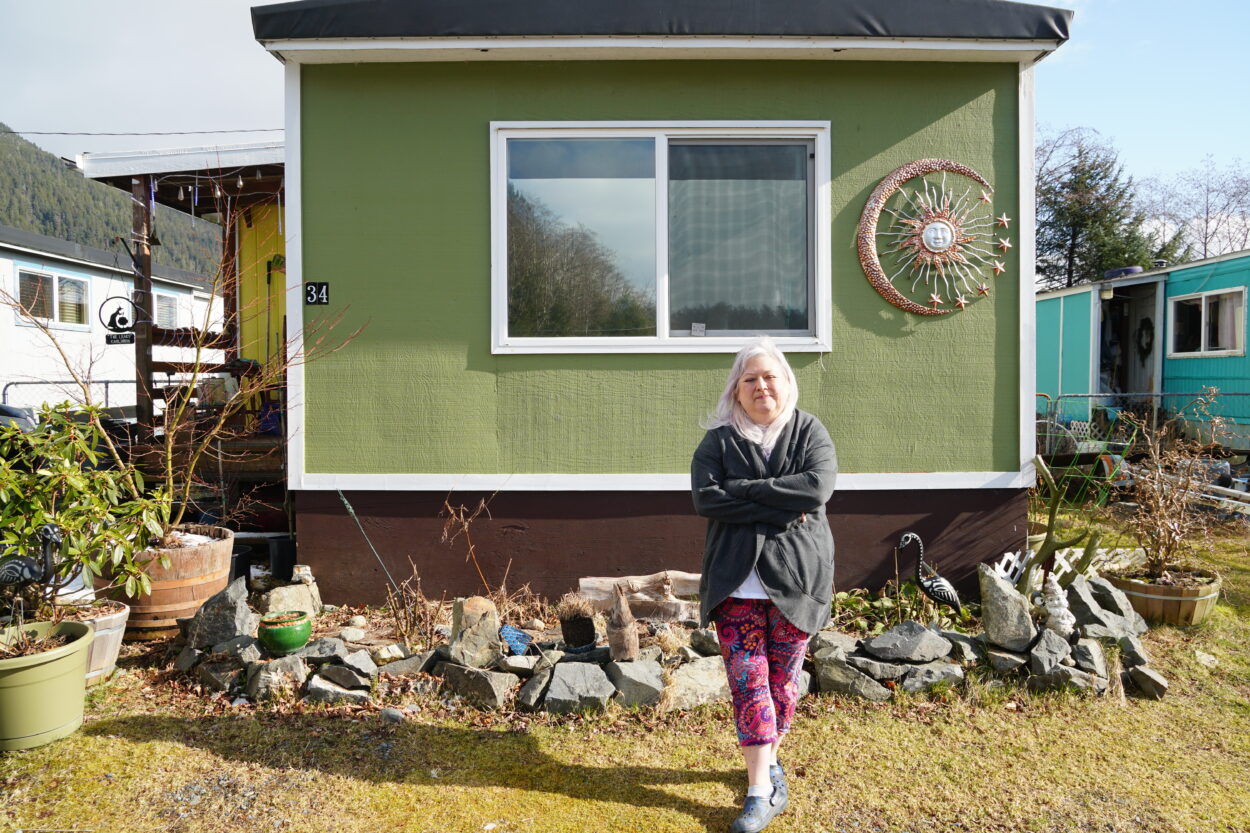
KCAW’s Robert Woolsey and Katherine Rose look back on 2021, and conclude that the year was was “Not as good as we’d hoped, maybe not as bad as we think?” Here’s their list of some of the top stories of the past twelve months.
1. The pandemic “partitions,” and grinds into a new phase
Sitka began 2021 with a glimmer of hope: Vaccine shipments had just arrived and shots were going into the arms of seniors and high risk people. And the community’s vaccine rollout was swift. Sitka was one of the first communities in the country to make vaccines eligible to everyone 16 and up, thanks in large part to efforts made by SEARHC and Sitka’s public health providers. SEARHC’s Dr. Elliot Bruhl helped put Sitka out in front, and on the front page of National Public Radio.
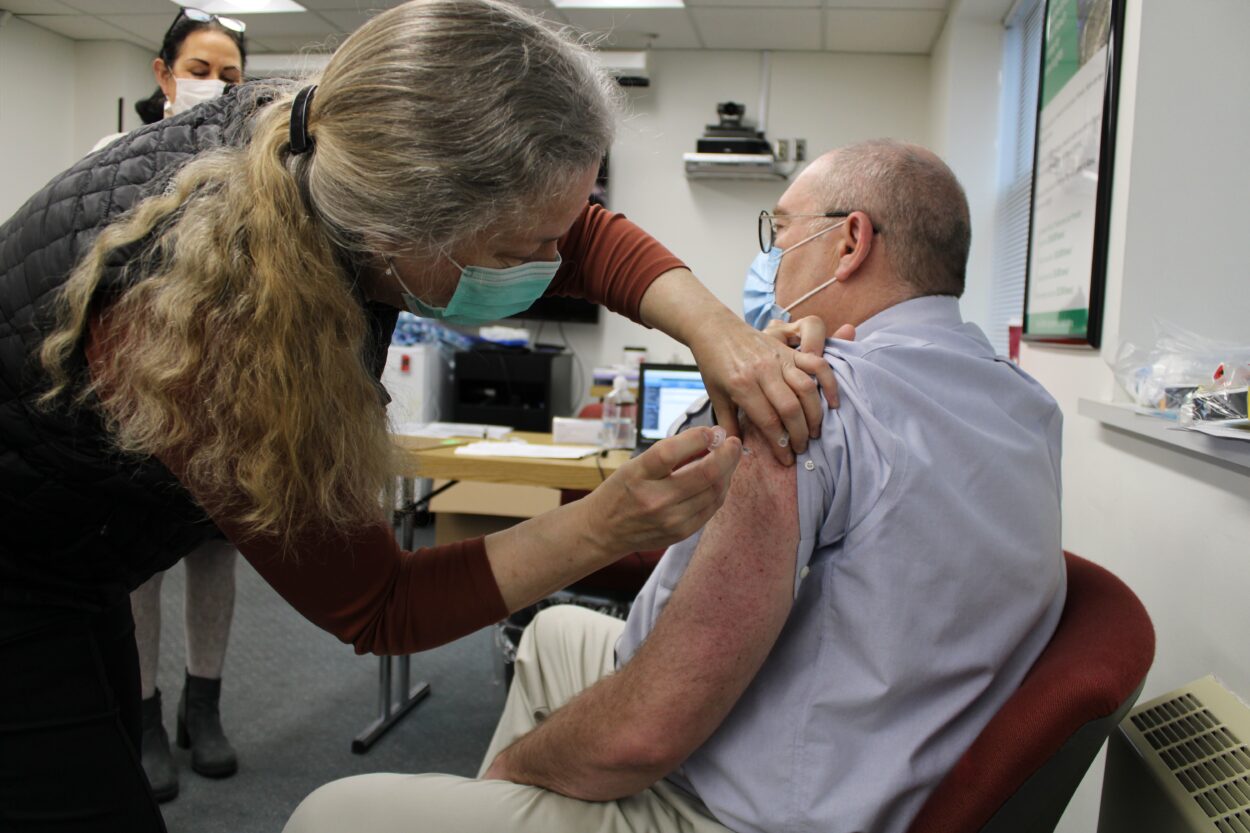
Said Bruhl: “As these vaccines came, we saw it as a moral and ethical imperative that we would not leave vaccines in the freezer.”
Dr. Bruhl later explained that the pandemic had “partitioned,” and posed much different risks for vaccinated and unvaccinated residents, which contributed to the intense public debate that followed: primarily over mask mandates in the city and in the schools.
Although it was acrimonious at times, Sitka’s elected officials – like assembly member Crystal Duncan – managed to find a way to speak to everyone.
“We’ve never navigated a pandemic before and we’re doing it to the best of our abilities and we’re succeeding,” Duncan said during a particularly tense meeting, “But when we have opportunities to minimize spread, I think we need to take those steps. So we’re not here fighting about masks, we’re fighting for the health of our community. And to frame it more accurately, we aren’t fighting each other, we are fighting a virus.”
2. Innovations in housing and business
KCAW’s Report for America reporter, Erin McKinstry, did a deep dive into housing last spring. The stories could not have been more timely, with the cost of living on the rise in Sitka, and an unbelievably tight housing market. She found a single mom who was investing in a community land trust home, a local prefab manufacturer, and Robin Schmid, an attorney who completely gutted a trailer and transformed it into a beautiful waterfront home
“I feel like I’ve gotten my life back without the debt hanging over my head,” said Schmid. “Yeah it’s about freedom to me.”
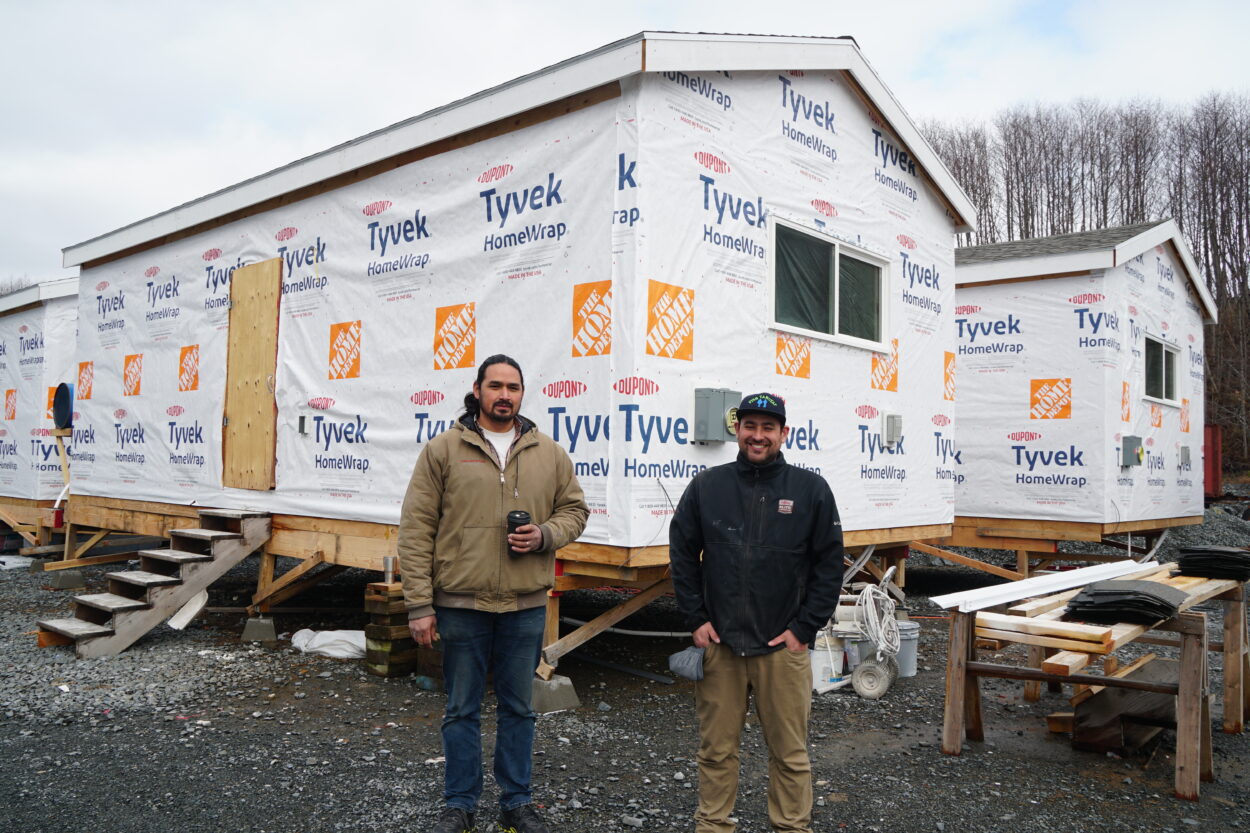
For some people, 2021 was a year of unexpected opportunity. Erin McKinstry’s successor in the KCAW newsroom, Tash Kimmell, spent the summer profiling businesses that had either opened during the pandemic, or found a unique way to weather the storm. One of Tash’s most memorable pieces was about Megan Cropley, who opened Sitka’s only adult boutique.
“There’s not one set demographic,” said Cropley. “Everybody comes in here. And I love that. people have been extremely supportive and very accepting. I have people that come in every week since I’ve been open, and they say, thank you for being here.
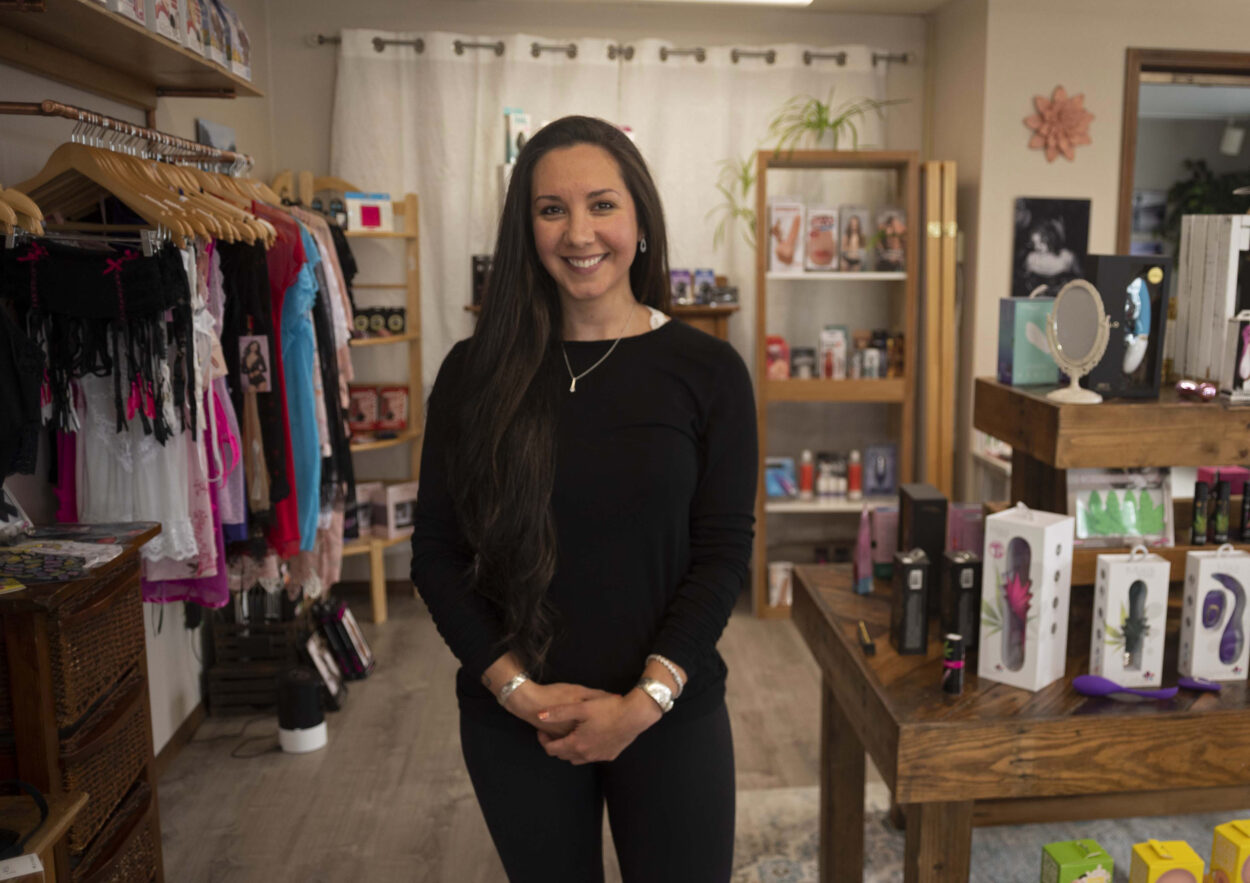
3. A major (maybe overwhelming) cruise rebound next year.
The biggest story in tourism for 2021 is not the partial cruise season Sitka had this summer. The biggest story of the year is: What will happen next year? 478,000 passengers projected for next season – which starts in April.
Chris McGraw at the new Sitka Sound Cruise Terminal anticipated this growth, and the rest of Sitka is now playing catch-up. Whether residents see it as a boon for Sitka, or a scourge, cruising is evolving. Nevertheless, McGraw shares the same concerns that many people have about Sitka’s character.
“My hope is that our downtown remains unique, it is and is walkable,” McGraw said. “That it just keeps that kind of small town character because, you know, even the Royal Caribbean executives that we’ve had here a number of occasions, that’s the one thing that they comment they make is, you know, this, this feels like authentic Alaska. And I think it’s important that we keep that.”
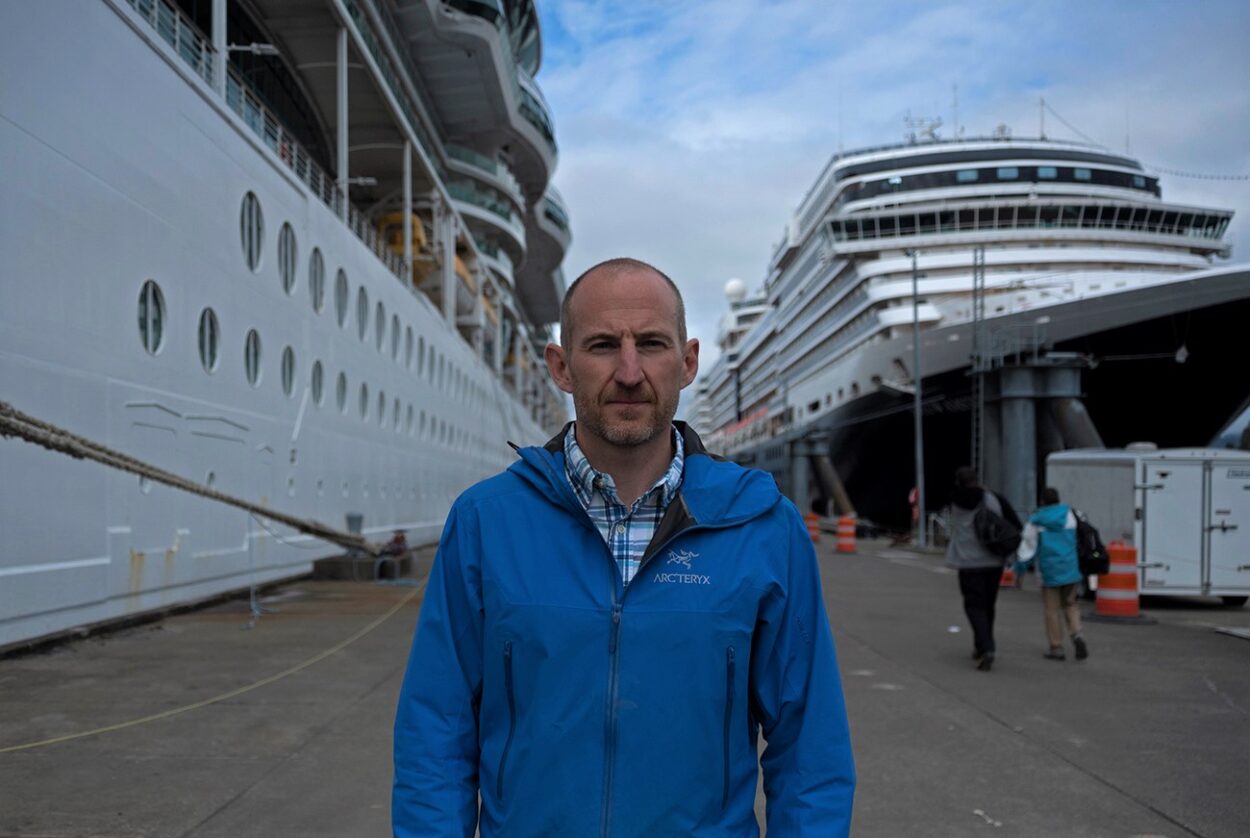
4. Welcome to Beartown
Not all visitors to Sitka in 2021 were human. Sitka had an unprecedented year for bears, with more bears – and unfortunately, more bear deaths (14) – than anytime in recent memory. Something that stood out for a lot of long-term residents was the complete closure of Sitka National Historical Park, which created a sort-of downtown bear sanctuary. That hasn’t happened before.
Closing the park probably helped keep the peace in town. But just outside of Sitka there were some close encounters – way too close. Jess Coltharp was working near a stream for Fish & Game this summer, and a bear caught him by the leg. Coltharp had a rifle, but he didn’t have time to use it. A few paces behind, his partner got off a shot.

5. Herring: The ongoing struggle to balance commercial and subsistence interests
Herring is one of those issues where – in the very end – all parties want a sustainable herring stock in the Sound. What’s controversial is how we get there. Here are two seiners I spoke with, Justin Peeler and Matt Kinney, prior to this spring’s record commercial harvest.
Peeler: “Our boats, our gear, all that stuff is made to go on. It’s not made to just be here for once or twice and talk about our big catch…we want these biomasses of herring or salmon or black cod to keep going.”
Kinney: “People think we just have one thing on the brain, and that’s harvesting, harvesting, harvesting,’ and that’s just not the case.”
Nevertheless, the subsistence community is worried about the continued commercial pressure. Traditional herring spawning patterns are changing, and it’s harder to harvest roe close to town. Louise Brady led a protest by the Herring Protectors outside Fish & Game offices this spring.
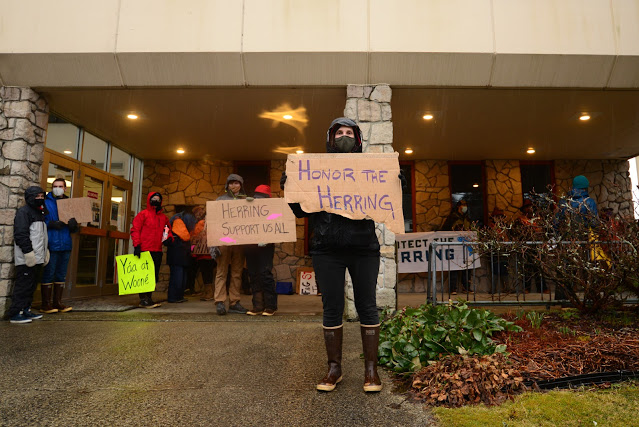
“I really appreciate you being out here because the voices of our Tribal Elders, the voices of our culture bearers have spoken loud for several decades at the Board of Fish with no response,” said Brady. “With no response. Because our herring are so precious to us.”
6. The best of the rest
Steve Johnson’s vigil on the Sheldon Jackson campus, in honor of children who died in residential schools in Canada.
“I feel like the kids who were rounded up and taken to Sheldon Jackson college,” said Johnson in an interview with KCAW. “Their story is underrepresented and I would like to see it included in the canvas that is our town…we don’t have to whisper about these things anymore…that we can talk about them and we can address them.”
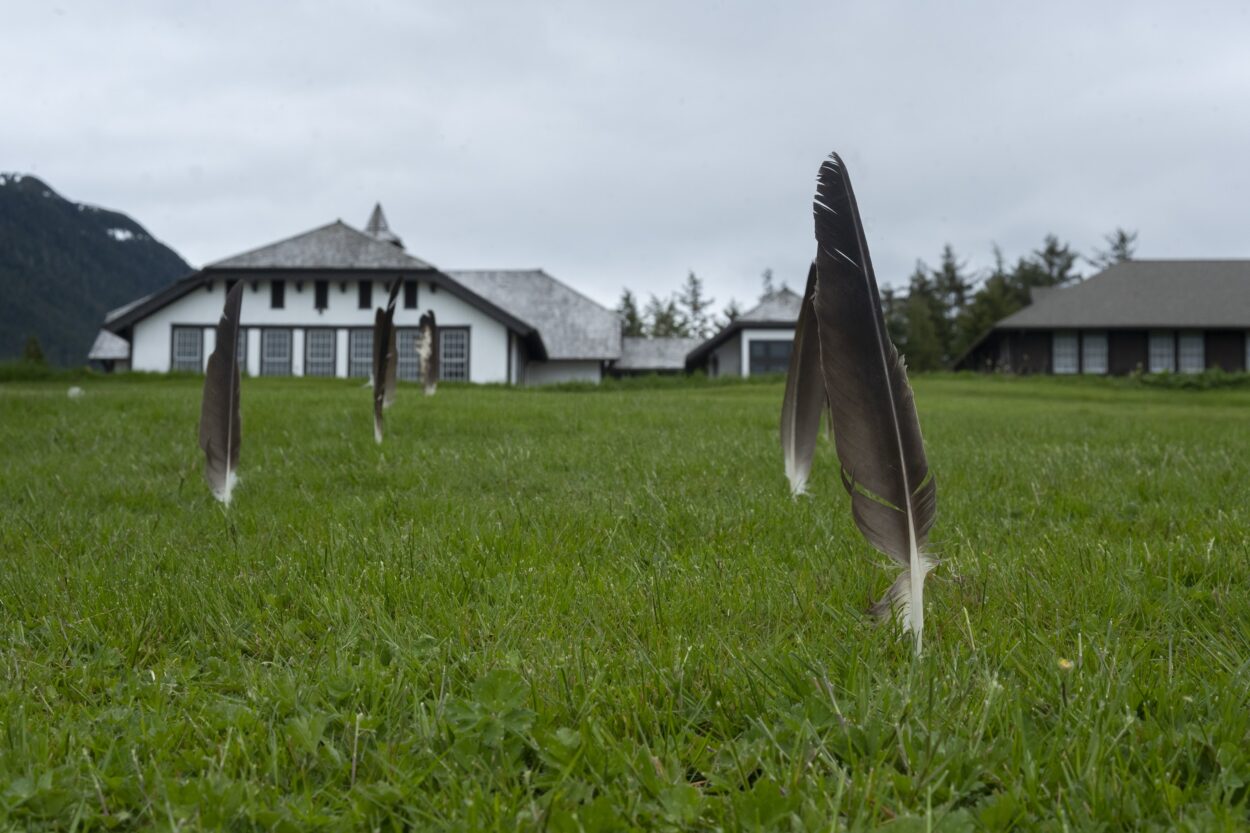
Paulette Moreno on the relocation of the Baranov statue.
“Having courageous conversation in our communities brings many things forward,” said Moreno. “Some of them are pain, some are conflict, misunderstandings. But what it ultimately does is bring forward an opportunity for healing.”

“Alex Tratuf,” and her incognito team who create Sitka Memes on Instagram.
“It could be anybody…your neighbors, your friends, your coworkers,” said Tratuf. “I will say I have coworkers that follow my account which is crazy. We’re a group of people who just agree that Sitka is funny, and quirky. And we’ve got a really unique crowd here, things that happen here that wouldn’t happen anywhere else.”
Bhargavi Pochi who introduced Sitka to Diwali, the Hindu Festival of Lights.
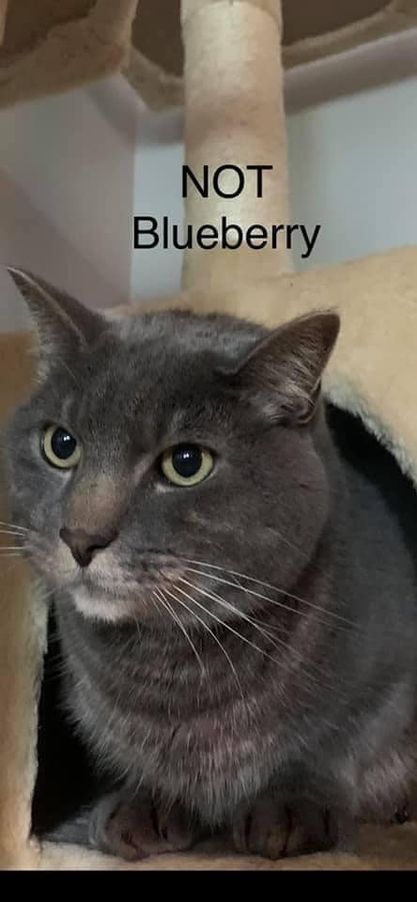
“I think the big motivation of me wanting to do this here and celebrate is because I love sharing my culture with my friends,” said Pochi. “I thought it was a good reason to celebrate and I thought this would be a great excuse to just have some people over and celebrate life.”
And nobody celebrated more this year than Courtney MacArthur, who recovered her cat Blueberry, after finding an imposter – Not Blueberry – in her house.
“I posted on Sitka Chatters but you know a picture of my cat Blueberry and a picture of the other cat which I called ‘Not Blueberry’ because I didn’t know the cat’s name at the time,” MacArthur explained. “And pretty quickly, a woman contacted me and said that she thought that was her cat possibly.”
Blueberry/Not Blueberry is possibly the best example of why 2021 was “not as bad as we think.”
And the the top story for our social media fans? The humble blue mud shrimp, whose struggle against a blood-sucking parasite was our most-shared story of 2021.
Here’s to a 2022 that is “better than we expect”.






























